Mountain biking is a popular and enjoyable hobby for many individuals, whether for leisurely rides or intense workouts. However, even the most experienced riders can encounter a common issue with their bikes – loose grips.
Loose bike grips can be frustrating and dangerous, causing discomfort and losing control while riding. Not only can this affect the overall riding experience, but it can also decrease the efficiency and stability of the bike.
While it may seem daunting to fix loose bike grips, it is a simple and necessary maintenance task that can easily be done at home. We will discuss how to fix loose bike grips. You can ensure a safe and comfortable ride on your bike by following a few simple steps.
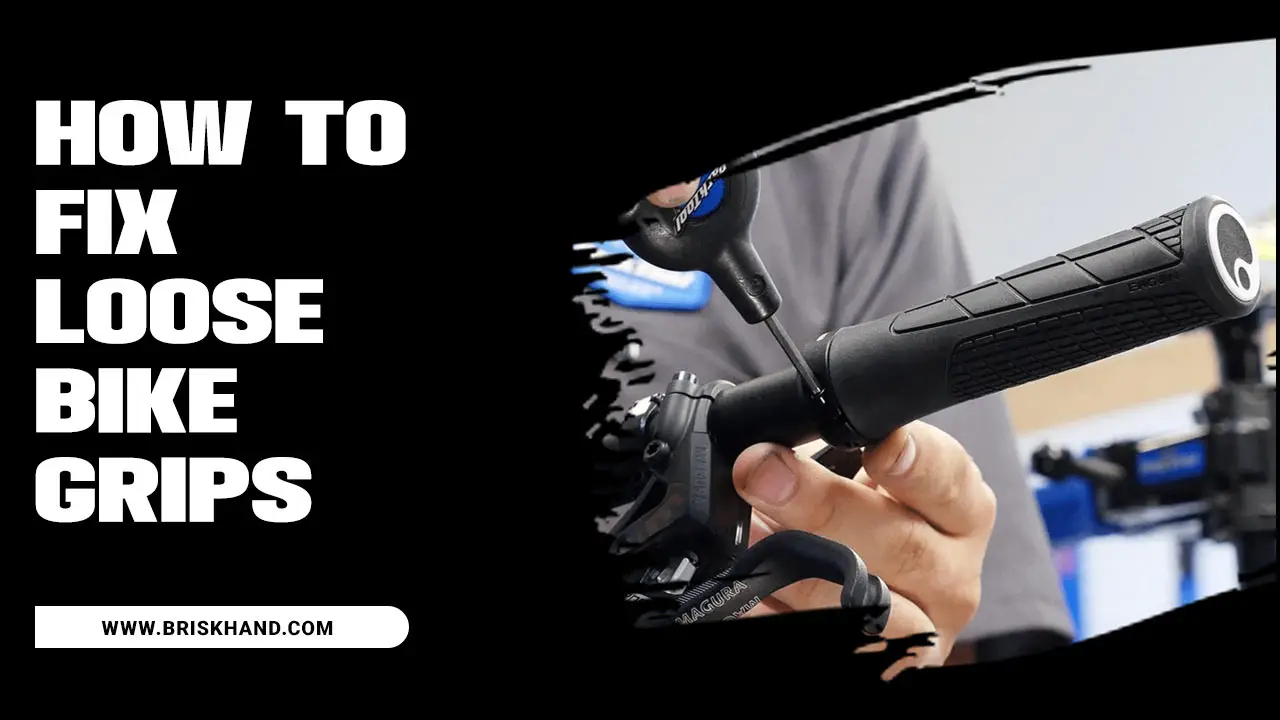
What Are Some Common Causes Of Loose Bike Grips?
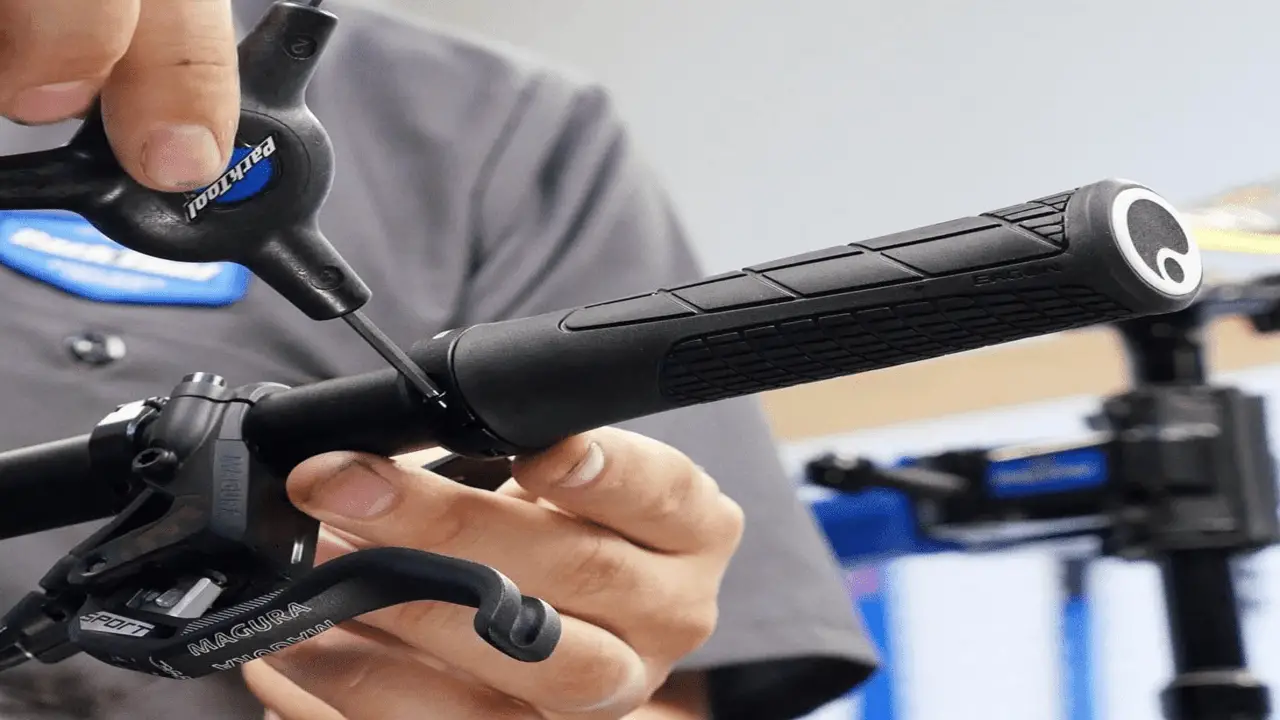
It is important to find out the reasons why your bike grips are loose and how to fix it. Bike grips can become loose over time, usually because of dirt, grit, or other debris accumulation on the screw threads that hold the grip onto the frame. If the grip is not tightened down regularly, it can eventually come off of the frame altogether. Bike grips might become loose,
- Worn-out handlebar grips
- Incorrect installation
- Moisture and sweat
- Vibration and impact
- Age and deterioration
- Improper maintenance
There are many reasons why bike grips might become loose. This can be due to a variety of factors, including improper installation or use, water damage, wear and tear, or simply age. If you notice that your bike grips are becoming loose or floppy, there are a few steps that you can take to remedy the situation.
3 Steps On How To Fix Loose Bike Grips
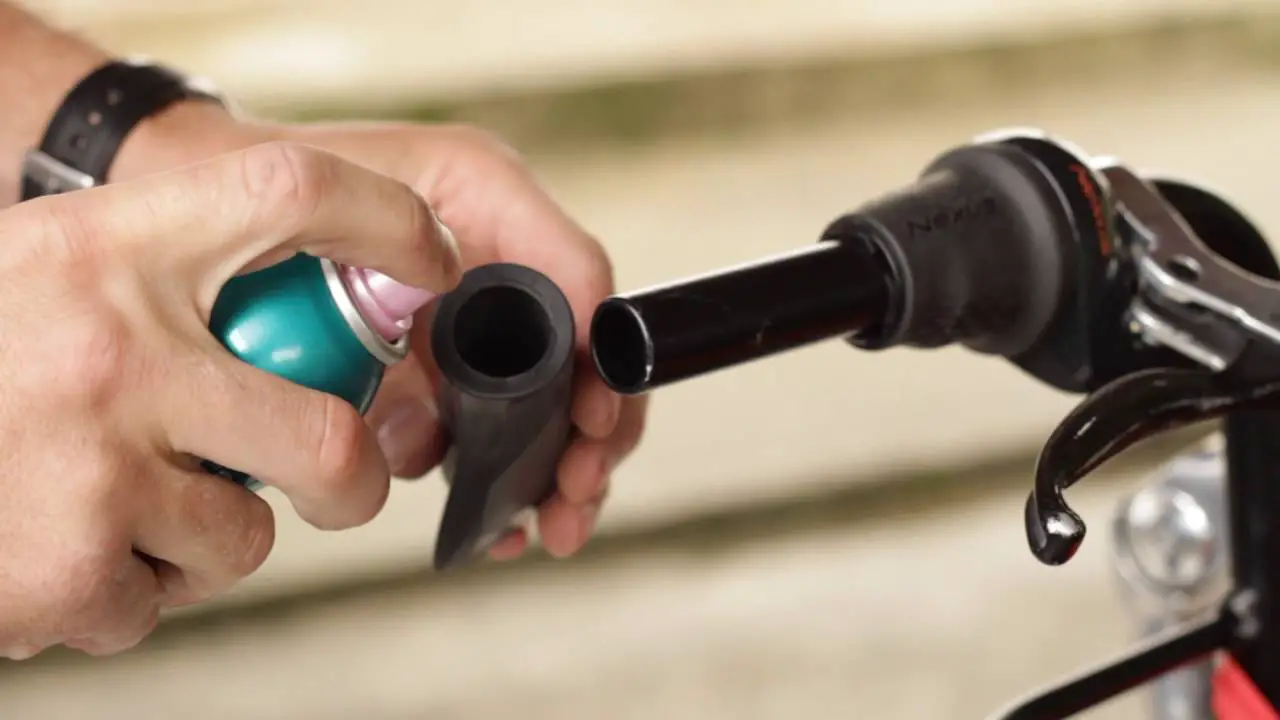
In the realm of cycling, having a secure grip on the handlebars is of utmost importance. A wrap is a great solution for loose bike grips. Loose bike grips can lead to various issues, including discomfort, reduced control, and even accidents. Therefore, it is essential to address this issue promptly to ensure a safe and enjoyable riding experience.
This is why knowing how to fix loose bike grips is crucial for all cyclists. When the grips on a bike become loose, it can significantly impact the rider’s control and stability, posing a potential safety hazard. An air compressor can be a valuable tool for fixing loose bike grips. Brake cleaner is a powerful solvent that removes dirt, grease, and grime from bike components such as brake calipers and discs.
1.Reinstalling And Tightening Bike Grips
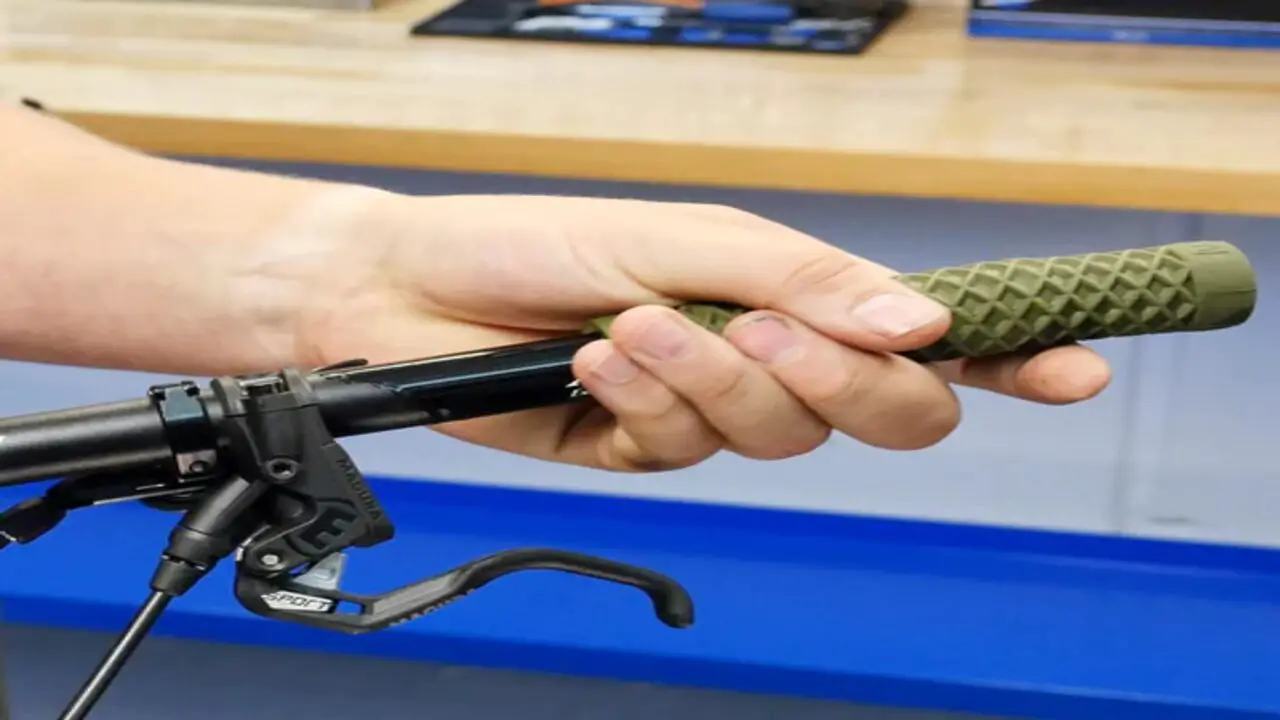
When faced with the issue of loose bike grips, it is essential to address the problem promptly to ensure optimal safety and performance while riding. Reinstalling and tightening bike motorcycle grips is a straightforward process that can be accomplished with a few simple steps.
An air compressor can be a valuable tool for fixing loose bike grips. Spray paint is a versatile tool that can be used for various purposes. The correct position for bike grips is essential for a comfortable and safe ride.
- Gather necessary tools: Allen wrenches, grip adhesive, clean cloth
- Remove old grips from handlebars using a flathead screwdriver
- Clean handlebars and inside of grips with a damp cloth
- Apply grip adhesive inside grips and spread evenly with a cloth
- Carefully slide the grip back onto the handlebar tape, ensuring proper alignment
- Use force if necessary to secure grip in place without causing damage
- Tighten the grip securely onto the handlebar using an Allen wrench.
2.Using Grip Glue Or Adhesive
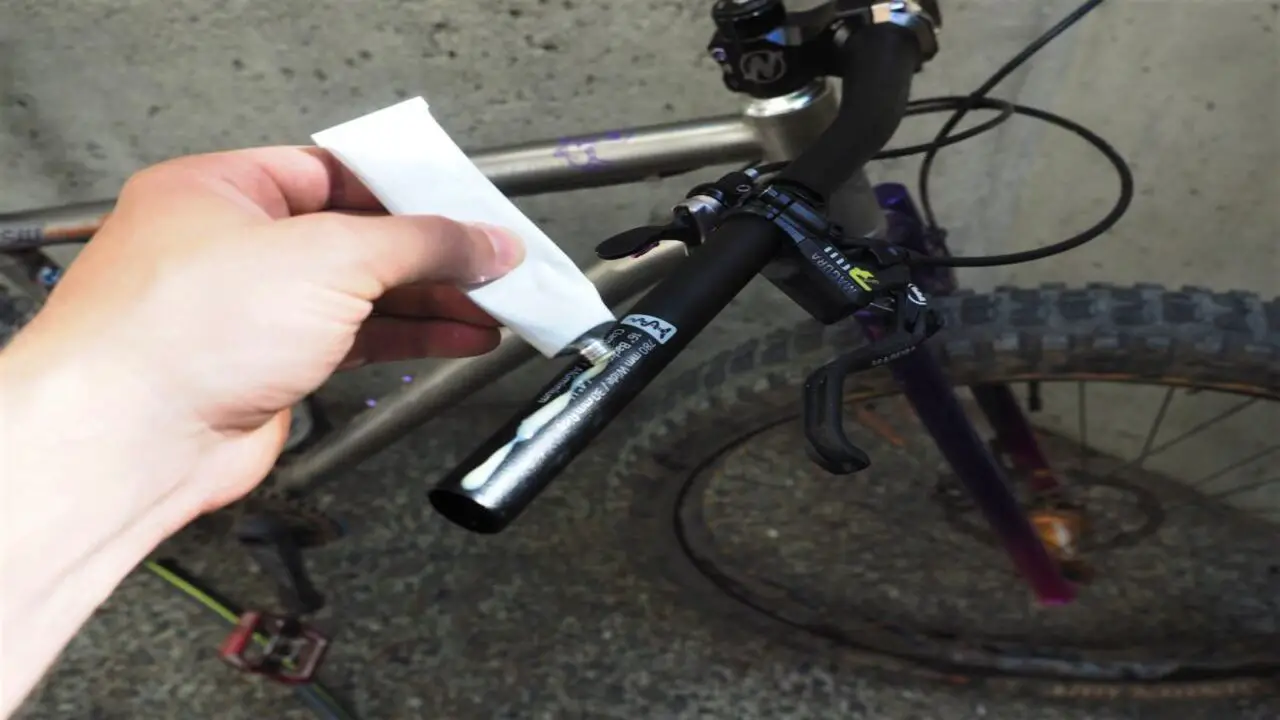
To fix loose bike grips, clean the handlebars and grips; apply a small amount of grip glue or adhesive to the inside of the grip, spreading it evenly along the entire length. It is important to work quickly, as grip glue often dries fast. Carefully slide the grip onto the handlebar once applied, ensuring it is aligned properly.
Apply firm pressure for a few minutes for the glue to bond effectively. , and let it dry for 24 hours. This secure solution ensures a comfortable and safe grip, enhancing riding control.
3.Using Grip Tape Or Rubber Cement
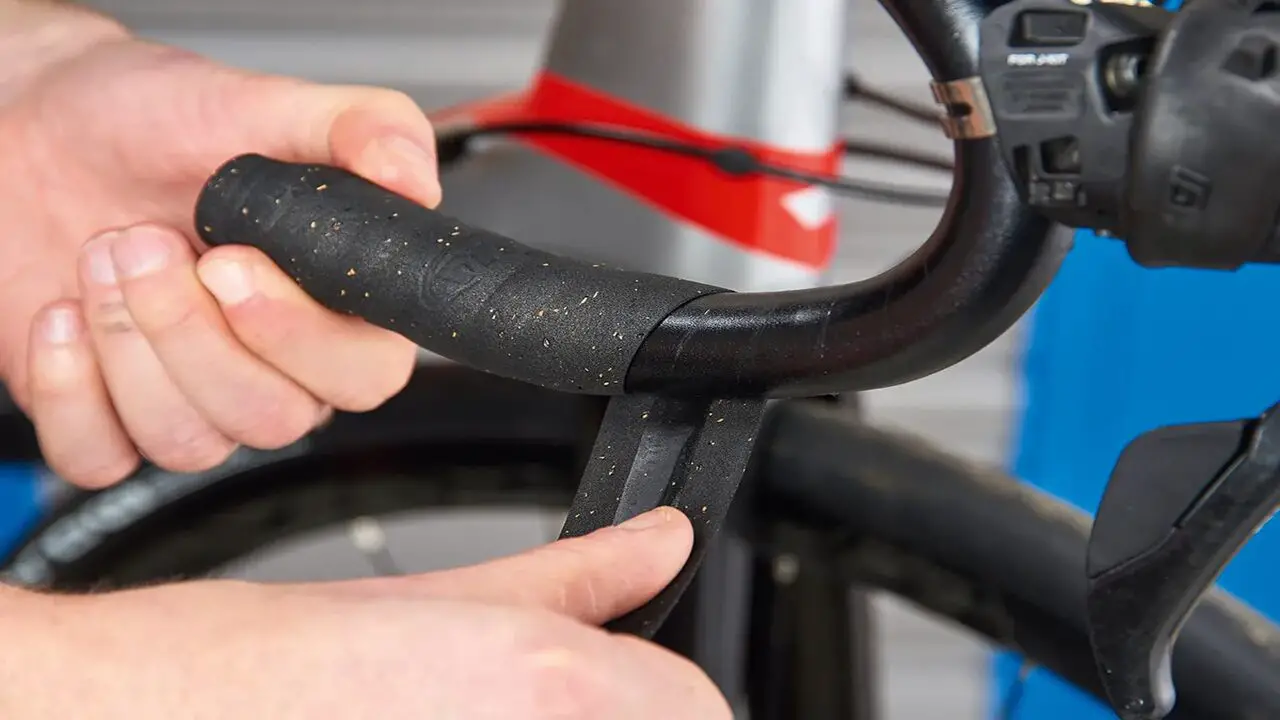
Grip electrical tape is popular for fixing loose bike store grips due to its adhesive properties and durability. Remove the old grips from the handlebars to fix loose bike grips using grip tape. Next, thoroughly clean the handlebars to ensure proper adhesion.
Once the handlebars are clean and dry, apply the grip tape evenly along the length of the handlebars. Press firmly to ensure a secure bond. Finally, reattach the bike’s normal grips, making sure they are aligned properly. Grip tape provides a reliable and long-lasting fix for loose bike grips, allowing cyclists to ride confidently.
How to Fix a Mountain Bike Grip That Has Fallen Off
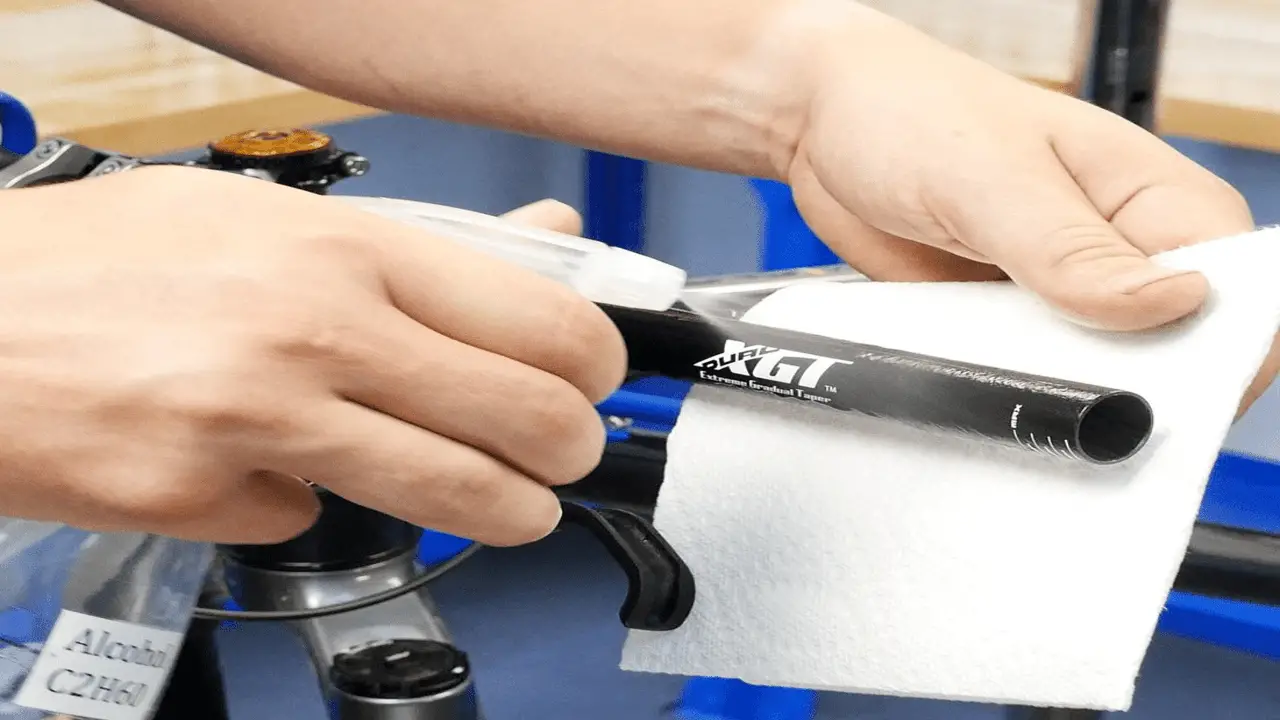
One common issue that mountain bikers may encounter is when the grip on their bike handlebars becomes loose or falls off completely. This can be quite frustrating and affect the overall comfort and control of the bike. Fortunately, there are simple steps you can follow to fix this problem and get back on the trail in no time. Here is a step-by-step guide on how to fix a mountain bike grip that has fallen off:
1.Gather Tools & Remove any residue:
You will need a pair of pliers, rubbing alcohol, grip glue or hairspray, and a clean cloth. Before reattaching the grip, it’s important to ensure that the handlebars are clean and free from any dirt or residue. Use a clean cloth and rubbing alcohol to clean the handlebars thoroughly.
2.Prepare & Position the grip:
If you are using grip glue, apply a small amount to the inside of the grip. If you don’t have grip glue, you can use hairspray as an alternative. Spray a liberal amount of hairspray inside the grip and quickly spread it around. With the grip prepared, carefully align it with the handlebars and start sliding it on. Ensure that it is positioned correctly and aligns with your preferred grip angle.
3.Secure the grip & Allow it to set:
Once the grip is in place, firmly press it onto the handlebars. Apply even pressure along the entire length of the grip to ensure a secure fit. Make sure to push the grip all the way to the end of the handlebars. Give the grip some time to set and adhere to the handlebars. This can take a few minutes, so be patient and avoid using excessive force during this time.
4.Test the grip
Once the grip is secure, test it by giving it a few gentle twists and pulls. Make sure it feels comfortable and doesn’t slide or rotate on the handlebars. If you have another grip to install, repeat the previous steps for the other side of the handlebars. Remove any excess glue or hairspray that may have squeezed out during the installation process. Use a clean cloth or paper towel to wipe away any residue.
Benefits And Considerations Of Using Grip Tape Or Rubber Cement
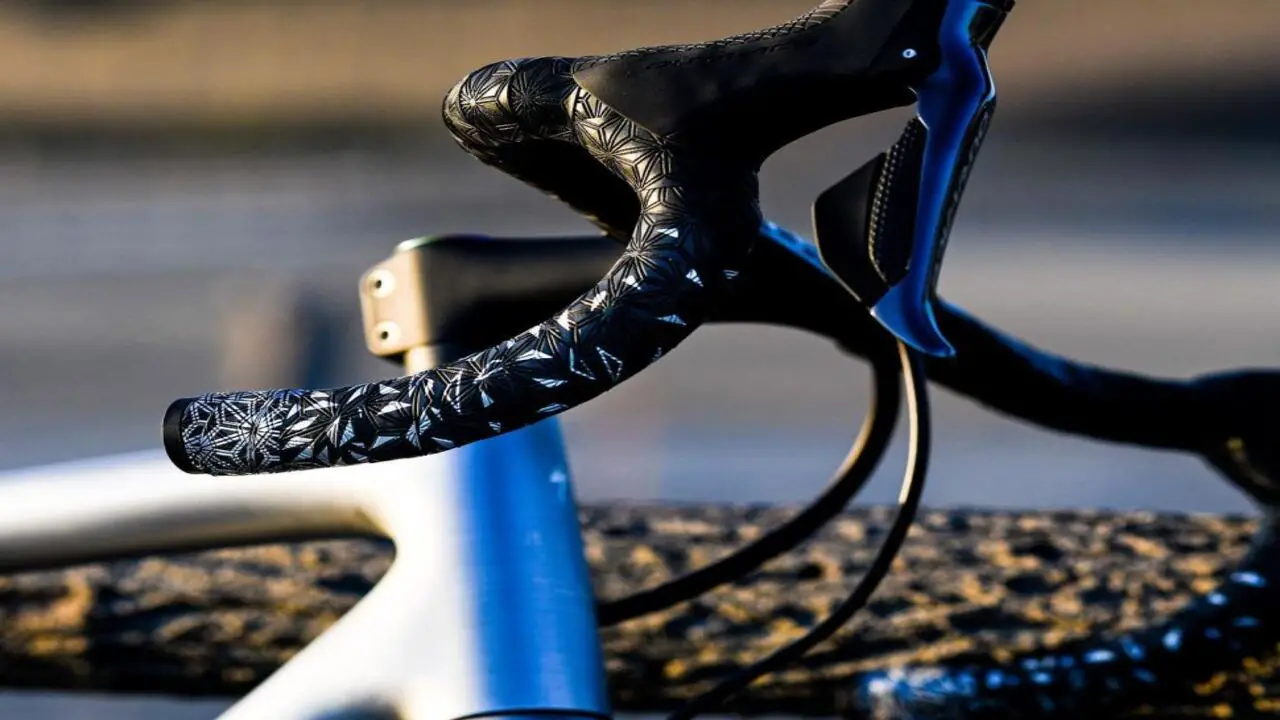
Regarding understanding the benefits and considerations of using grip tape or rubber cement, it is important to recognize the significance of this knowledge in various industries and applications. A reliable product for fixing loose bike grips is a grip-tightening tool.
A loose bike grip can be easily fixed by tightening the plug that secures it. Grip tape, commonly used in sports, construction, and manufacturing, provides a reliable and secure surface for enhanced traction and grip. Secure the loose bike grips to the handlebars using a spray adhesive for a more stable and comfortable ride.
Benefits of using grip tape:
- Enhanced grip and traction on surfaces
- Increased control and stability during activities
- Easy to apply and remove
- Durable and longlasting
- Wide range of options in terms of texture and thickness
Considerations of using grip tape:
- May leave residue or damage surfaces when removed
- It can be uncomfortable for prolonged use or if applied incorrectly
- Limited customization options in terms of color or design
Benefits of using rubber cement:
- Strong adhesive properties for a secure bond
- Versatile and can be handy on various materials
- Resistant to water and temperature changes
- Can be easily adjusted or repositioned before fully cured
- Provides a smooth and seamless finish
Considerations of using rubber cement:
- May release strong fumes during application
- Requires proper ventilation and caution when handling
- It can be messy and difficult to remove if applied incorrectly
- Not suitable for all surfaces and materials
- Limited options for customization or texture variation.
How Can I Prevent My Bike Grips From Becoming Loose?
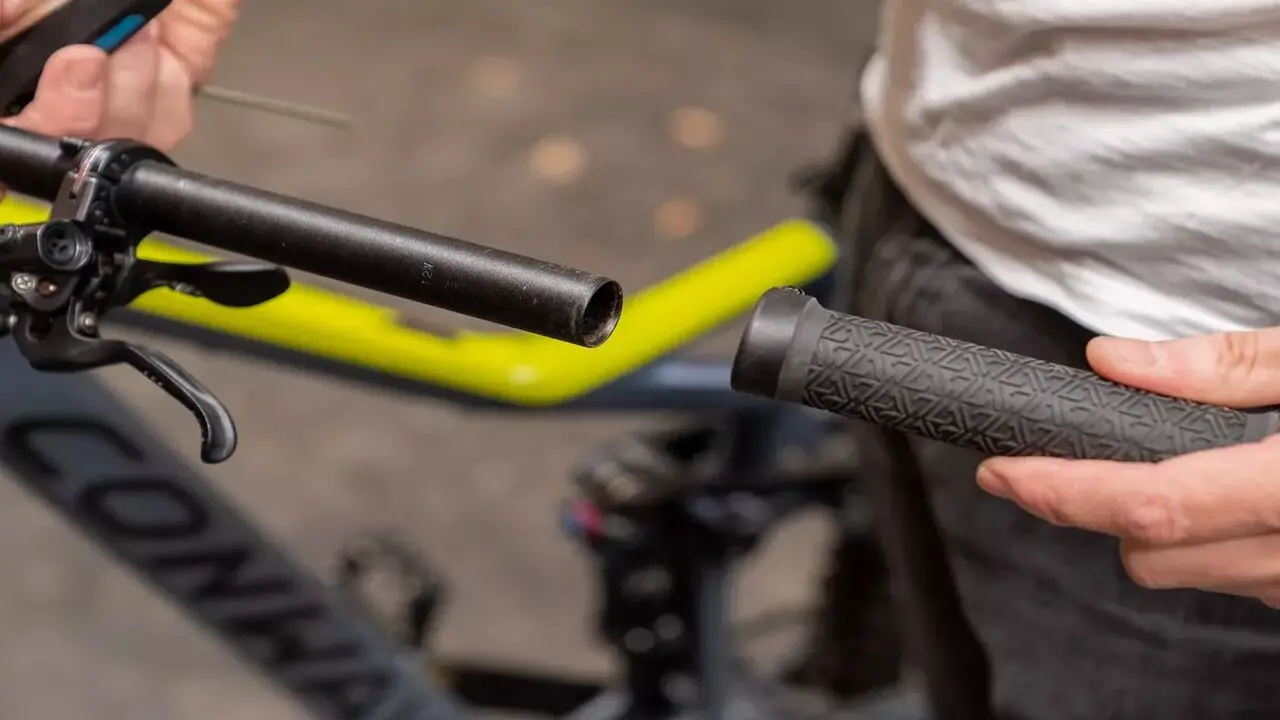
Use a proper grip installation technique by ensuring even pressure and tight grips fit onto the handlebars. Clean the handlebars and grips before installation to remove any dirt or residue. Apply grip glue or adhesive to create a strong bond. Consider using grip tape for added security.
Regularly check and tighten the grips to prevent loosening. Avoid excessive moisture to maintain grip stability. Using a clamp tool, secure the loose bike grips for a more comfortable and secure ride. The method for fixing loose bike grips involves carefully removing the old ones.
- Use a proper grip installation technique.
- Clean the handlebars and grips.
- Use grip glue or adhesive.
- Consider using grip tape.
- Check and tighten regularly
- Avoid excessive moisture
- Consider using lock-on grips
Conclusion
It is a matter of concern how to fix loose bike grips. Fixing loose bike grips is a simple task that can easily be done at home with the right tools and techniques. Following the steps outlined, you can ensure a secure and comfortable grip on your bike handles. Remember to regularly check and maintain your bike’s components to prevent further issues and ensure safe riding.
Riding is a fun and adventurous activity that allows you to explore the great outdoors on a bike. It is important to regularly check and maintain your bike’s grips to ensure optimal performance and safety while riding. Always be cautious and consult a professional if you encounter any difficulties.
FAQ:
1.What Is Grip Glue?
Ans: Depending on what you refer to, you can use various materials to put grips on. You can use rubber sleeves or grip covers to add grips to objects like pens or utensils for better grip.
2.Does Tyre Glue Work?
Ans: Yes, tyre glue does work. It is commonly used to repair small punctures and leaks in tyres. The glue is applied to the puncture area, and when it dries, it forms a strong bond that seals the hole and prevents air from escaping.
3.Is Tire Glue Waterproof?
Ans: Yes, tire glue is waterproof. Tire glue, also known as tire sealant or tire adhesive, is specifically designed to create a waterproof bond between the tire and the rim.
4.Which Glue For Rubber?
Ans: The best glue for rubber is a cyanoacrylate adhesive, commonly known as super glue. This glue bonds quickly and strongly to rubber surfaces, providing a durable and long-lasting bond.
5.How Strong Is Tire Glue?
Ans: It is formulated to withstand the high temperatures and pressures experienced by tires when in use. Tire glue typically has a strong bond strength and can provide a secure and durable attachment between the tire and rim.

I am passionate about writing blogs about bikes. I love riding my bike and love talking about it even more. My blog is the perfect place for anyone who loves biking as much as I do. Come check it out and learn some tips and tricks from me!

